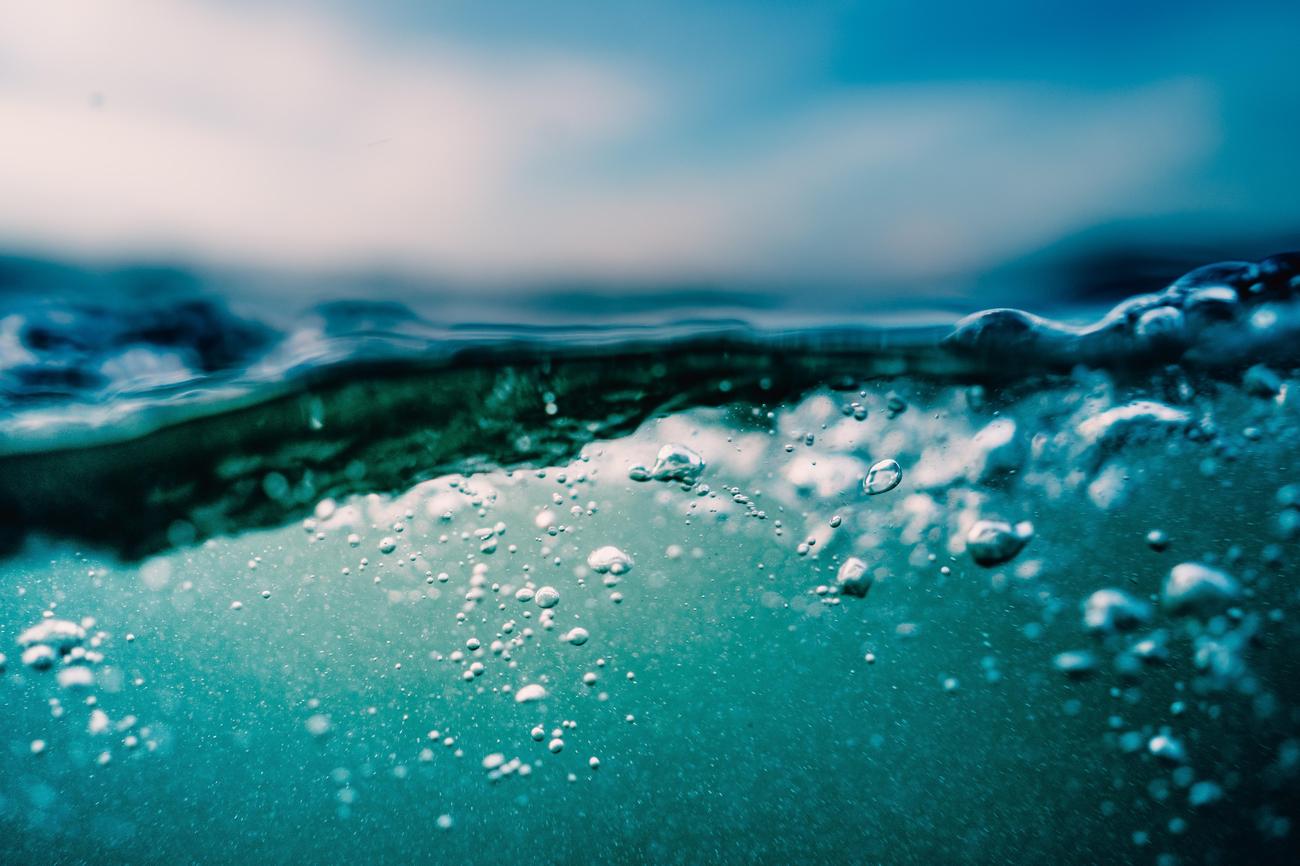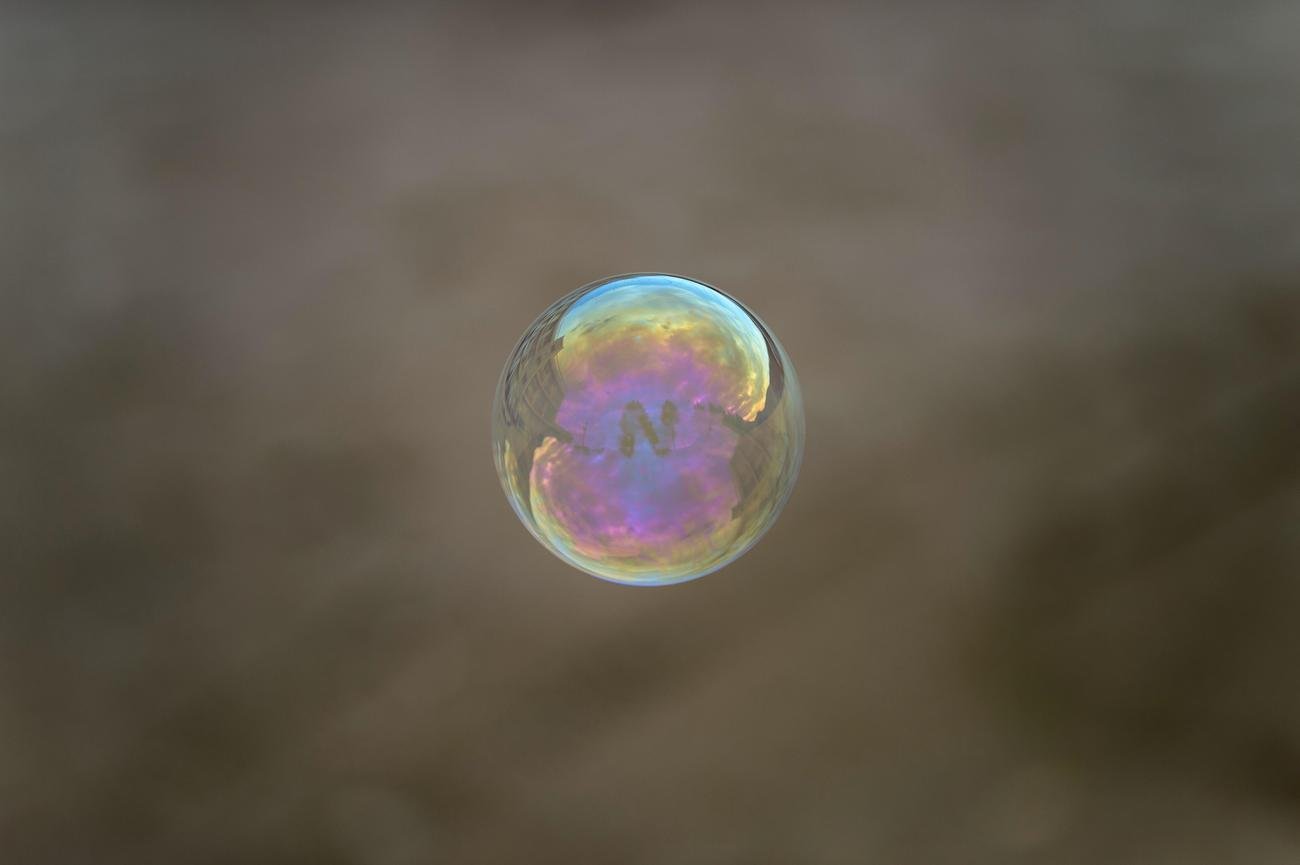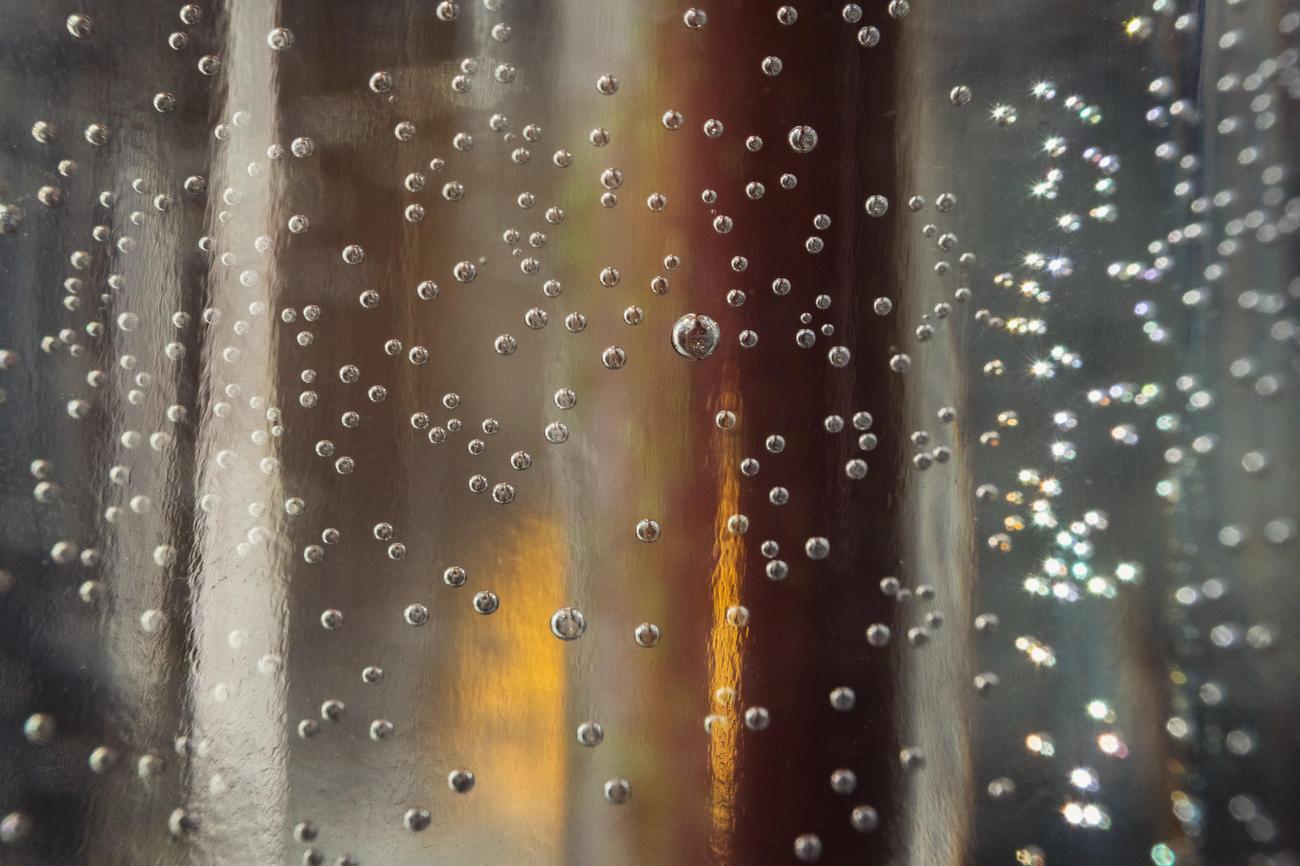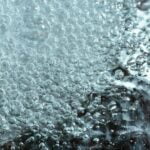Get ready to dive into the enchanting world of natural bubbles as we unravel the mesmerizing process behind their formation. From geothermal springs that release exhilarating bursts of fizzing water to the captivating dance of bubbles in the vast ocean depths, these intriguing phenomena have long fascinated scientists and laypeople alike. In this article, we will embark on an illuminating journey into the scientific underpinnings and captivating intricacies of natural bubble formation. Prepare to be captivated as we delve into the mesmerizing world of bubbles, their origins, and the wondrous forces that shape their existence.

Formation of Natural Bubbles
The formation of natural bubbles is a captivating phenomenon that occurs in various contexts, from geothermal springs and oceans to the effervescent beverages we enjoy. Understanding the intricate processes behind this enigmatic occurrence not only satisfies our curiosity but also has practical applications in industries such as carbon sequestration and industrial operations. So, let’s dive into the mesmerizing world of bubbles and unravel their formation!
When it comes to bubble formation, one crucial ingredient plays a significant role—soap. The addition of soap to water is essential for creating bubbles. It forms a thin film that traps air in the center, giving bubbles their spherical shape until they eventually pop. Just like the elongation and thinning of material in droplet formation, bubbles are formed by the elongation of either air or water. As the material stretches, a “neck” connects the bubble to the material, until it thins and pinches off, creating a separate entity, the bubble itself.
“The addition of soap to water is like the magical ingredient that gives bubbles their captivating forms. With a thin film of soapy water, bubbles can retain their spherical shape until they pop, leaving us in awe of their delicate beauty.”
The formation of bubbles is not only intriguing, but it also has practical implications in diverse fields. In geological formations, bubbles can be both a blessing and a curse. Understanding the formation and behavior of bubbles is crucial for processes such as carbon sequestration, where the efficient capture and storage of carbon dioxide rely on controlling bubble formation. Similarly, in industrial operations like extraction, distillation, and absorption, the manipulation of bubble and droplet formation plays a vital role in achieving desired outcomes.
“Unraveling the secrets of bubble formation not only satisfies our curiosity but also has wide-ranging applications in fields as diverse as environmental conservation and industrial operations.”
Not limited to terrestrial phenomena, bubble formation can also be observed in unique contexts such as magma. As magma ascends, decompression causes the formation of bubbles, which contribute to the explosive nature of volcanic eruptions. The bursting of gas or vapor bubbles at the surface of water also leads to the formation of drops, adding another dimension to the captivating interplay between bubbles and droplets.
“From the fiery depths of volcanoes to the gentle shimmer of water droplets, the formation of bubbles is an extraordinary process that shapes our natural world.”
To fully grasp the formation of natural bubbles, it’s crucial to remember the significance of soap, the elongation and thinning of material, and the enchanting spherical shape that bubbles adopt. By understanding these fundamental concepts, we can unlock their secrets and appreciate their presence in both our everyday lives and the wonders of the natural world.
“As we delve deeper into the mesmerizing world of bubbles, we begin to unravel the secrets behind their formation and appreciate the delicate beauty they bring to our surroundings.”
So, the next time you encounter a bubble floating in the air or dancing in your drink, take a moment to appreciate the intricate processes that give rise to this simple yet awe-inspiring phenomenon. The formation of natural bubbles is a fascinating journey that intertwines science, curiosity, and the marvels of the universe.
“With each bubble that floats before our eyes, we are reminded of the wondrous intricacies that shape our natural world, and we can’t help but be captivated by the enigmatic formation of these delicate spheres.”
Bubbles in nature are a captivating phenomenon that can be found in various natural settings. From the shimmering bubbles formed by underwater plants to the delicate bubbles floating through the air in a sunny meadow, nature never fails to amaze with its whimsical creation. If you want to explore the enchantment of bubbles in nature further, click here to discover more about the mesmerizing world of bubbles: Bubbles in Nature.

FAQ
Question 1: How are bubbles formed in nature?
Answer 1: Bubbles in nature are formed when the material, such as air or water, is elongated and eventually thinned before pinching off to create a separate entity. This process is similar to the formation of droplets and relies on the addition of soap to the water for bubble formation.
Question 2: What causes bubbles to retain their spherical shape until they pop?
Answer 2: Bubbles generally consist of soapy water formed into a thin film that traps air in the center. This arrangement allows bubbles to maintain their spherical shape due to the surface tension of the film until they eventually burst or pop.
Question 3: Why is the addition of soap important for bubble formation?
Answer 3: When soap is added to water, it reduces the surface tension of the liquid. This reduction in surface tension allows for the formation of a thin film that can trap air and create bubbles.
Question 4: In which geological formations can bubble formation be beneficial or detrimental?
Answer 4: Bubble formation can have different implications depending on the context. In some geological formations, the presence of bubbles can be beneficial, such as in carbon sequestration processes. However, in other cases, bubbles can lead to unwanted effects, such as the release of harmful gases or the formation of explosive volcanic eruptions.
Question 5: What are some industrial operations that involve bubble and drop formation?
Answer 5: Various industrial operations utilize bubble and drop formation, including extraction processes, direct-contact heat exchange, distillation, and absorption. These operations rely on controlling and manipulating the formation of bubbles and droplets for specific purposes and applications.
- Discover Long Black Pepper: Flavor & Health Benefits - April 25, 2025
- Shocking Twists: The Grownup Review: Unreliable Narration - April 25, 2025
- A Quiet Place Book vs Movie: A Deep Dive - April 25, 2025
















